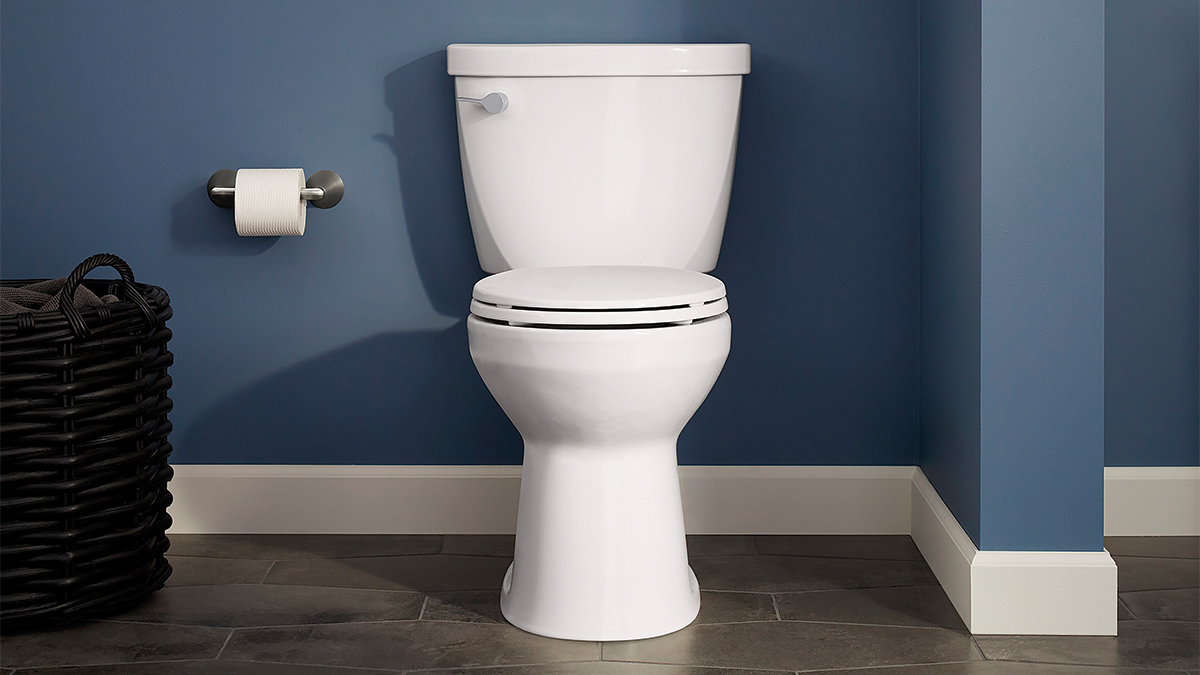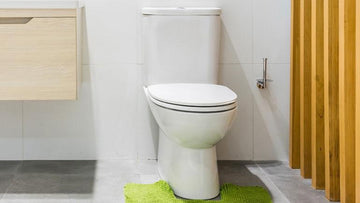In today's world, the environmental impact of bathroom water use is a concern that cannot be ignored. Bathrooms are one of the most water-intensive spaces in any building, contributing significantly to overall water consumption. Understanding how bathroom water usage affects the environment is crucial for industry professionals, especially those involved in quality assurance (QA) and environmental sustainability.

The Consequences of Excessive Water Use in Bathrooms
Excessive water use in bathrooms can have dire environmental consequences. The demand for fresh water is increasing while the supply remains limited. This imbalance leads to the depletion of natural water resources, adversely affecting ecosystems and biodiversity. Moreover, the energy required to treat and transport water further amplifies the carbon footprint of water usage.
For example, traditional toilets are known to use a significant amount of water. By adopting water-efficient toilet systems, such as low-flow or dual-flush models, individuals and businesses can significantly reduce their water consumption. According to the low-flow toilet guide, these models are designed to use less water per flush, thus conserving water and reducing environmental strain.
Water-Saving Technologies and Their Impact
Implementing water-saving technologies in bathrooms is a proactive step towards mitigating environmental damage. Innovations like sensor-activated faucets and modern showerheads are designed to minimize water waste while maintaining functionality. These technologies are not only environmentally friendly but also cost-effective in the long run.
Industry QA professionals can play a pivotal role in promoting these technologies. By ensuring that water-saving devices meet quality standards, they can help increase consumer confidence and adoption rates. Furthermore, embracing water-efficient practices can enhance a company's reputation for sustainability, attracting environmentally conscious consumers.
Practical Steps for Reducing Bathroom Water Use
Reducing bathroom water usage requires a combination of technology and behavioral change. Here are some practical steps that can be taken:
- Install dual-flush toilets to allow users to choose between a full or half flush, saving water with each use.
- Encourage shorter showers and the use of water-efficient showerheads.
- Implement regular maintenance checks to prevent leaks, which can lead to substantial water loss over time.
- Educate users on the environmental impact of water wastage and promote a culture of conservation.
For instance, a comprehensive guide on water-efficient toilets can provide valuable insights into selecting the right fixtures for reducing water consumption.
The Role of Industry QA in Sustainability
Industry QA professionals have a unique opportunity to drive sustainability initiatives within the bathroom product sector. By conducting thorough assessments of water-saving products, QA teams can ensure that these solutions are not only effective but also reliable and durable.
Moreover, QA teams can collaborate with manufacturers and suppliers to develop innovative solutions that meet market demands for sustainability. By prioritizing environmental impact assessments in their quality assurance processes, these professionals can make a significant contribution to reducing the environmental footprint of bathroom water use.
Conclusion: A Collective Effort for Environmental Preservation
Addressing the environmental impact of bathroom water use is a collective responsibility that requires cooperation from all stakeholders. From manufacturers and suppliers to consumers and QA professionals, everyone has a role to play in promoting water conservation and sustainability.
By embracing water-saving technologies and practices, we can reduce our environmental impact and contribute to a more sustainable future. As industry QA professionals, leading the charge towards water efficiency not only benefits the environment but also enhances business reputation and consumer trust.

FAQ
What is the most effective way to reduce bathroom water usage?
Installing water-efficient fixtures such as dual-flush toilets and low-flow showerheads is one of the most effective ways to reduce bathroom water usage.
How can industry QA professionals contribute to water conservation?
Industry QA professionals can contribute by ensuring that water-saving technologies meet quality standards and by promoting their adoption through rigorous testing and assessment.
Why is bathroom water conservation important for the environment?
Bathroom water conservation is crucial because it helps preserve natural water resources, reduces energy consumption, and minimizes the carbon footprint associated with water treatment and transportation.






